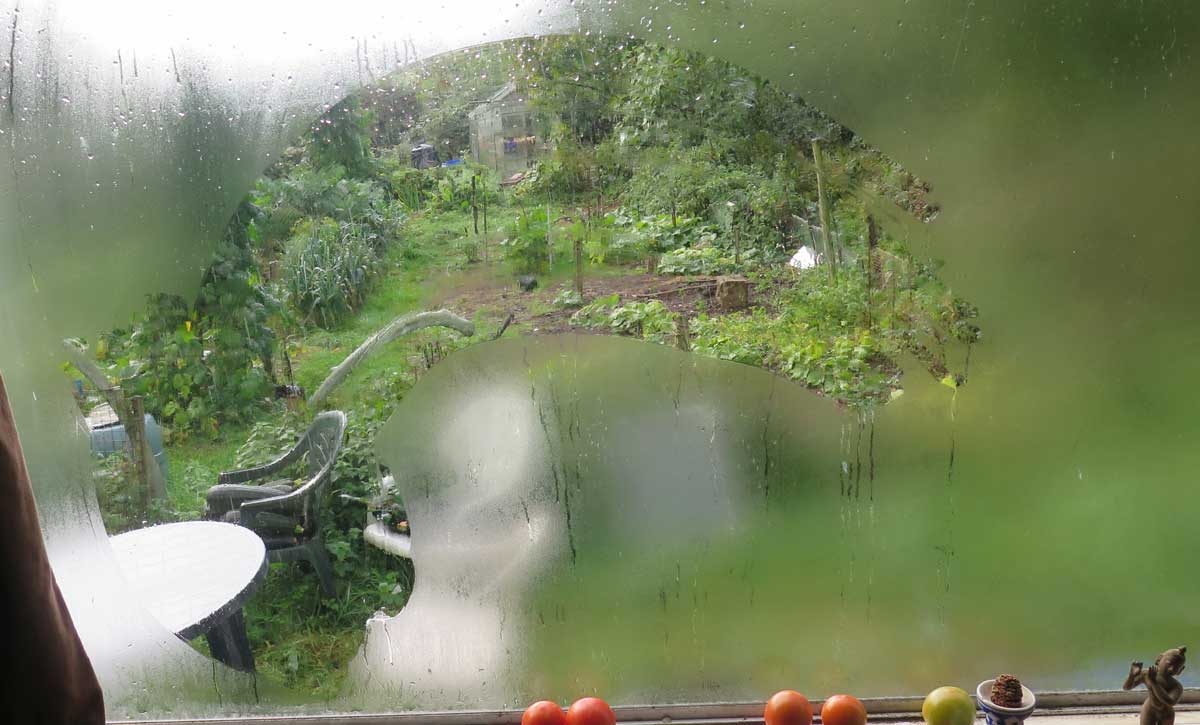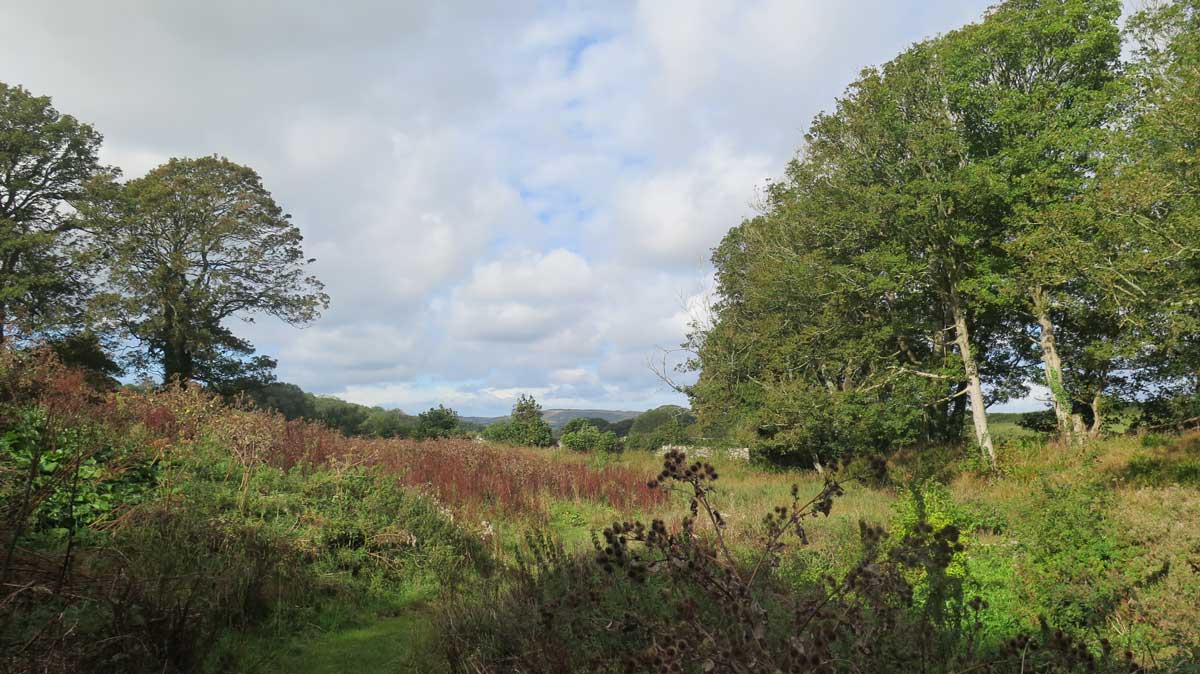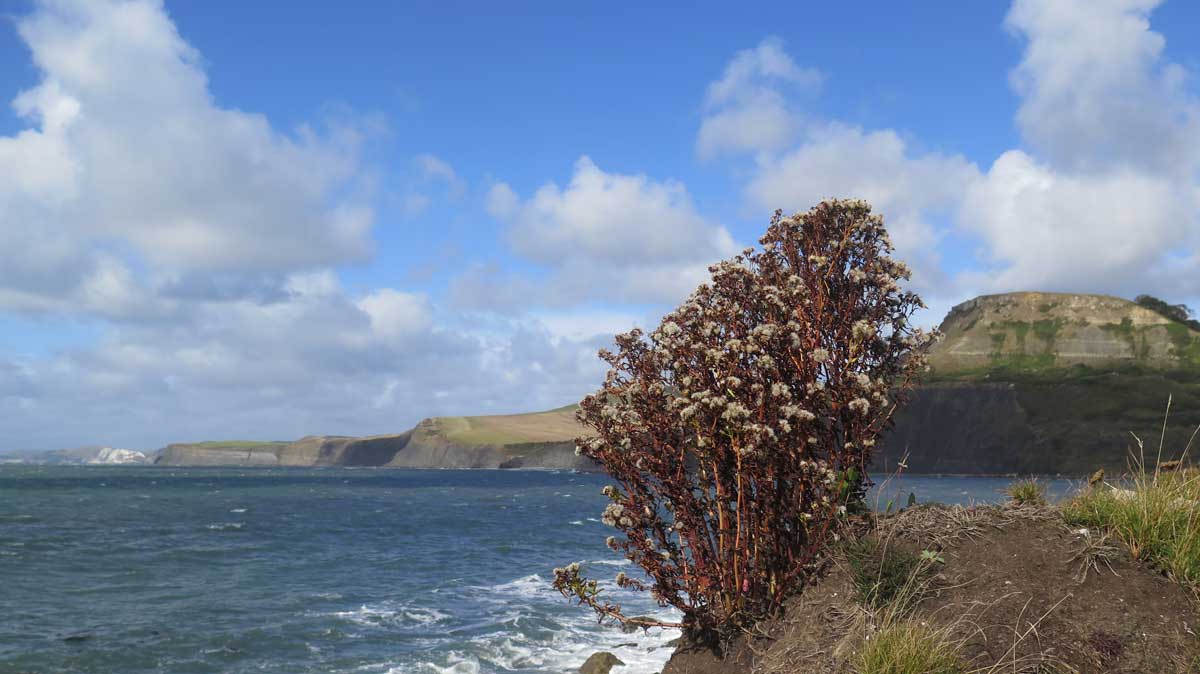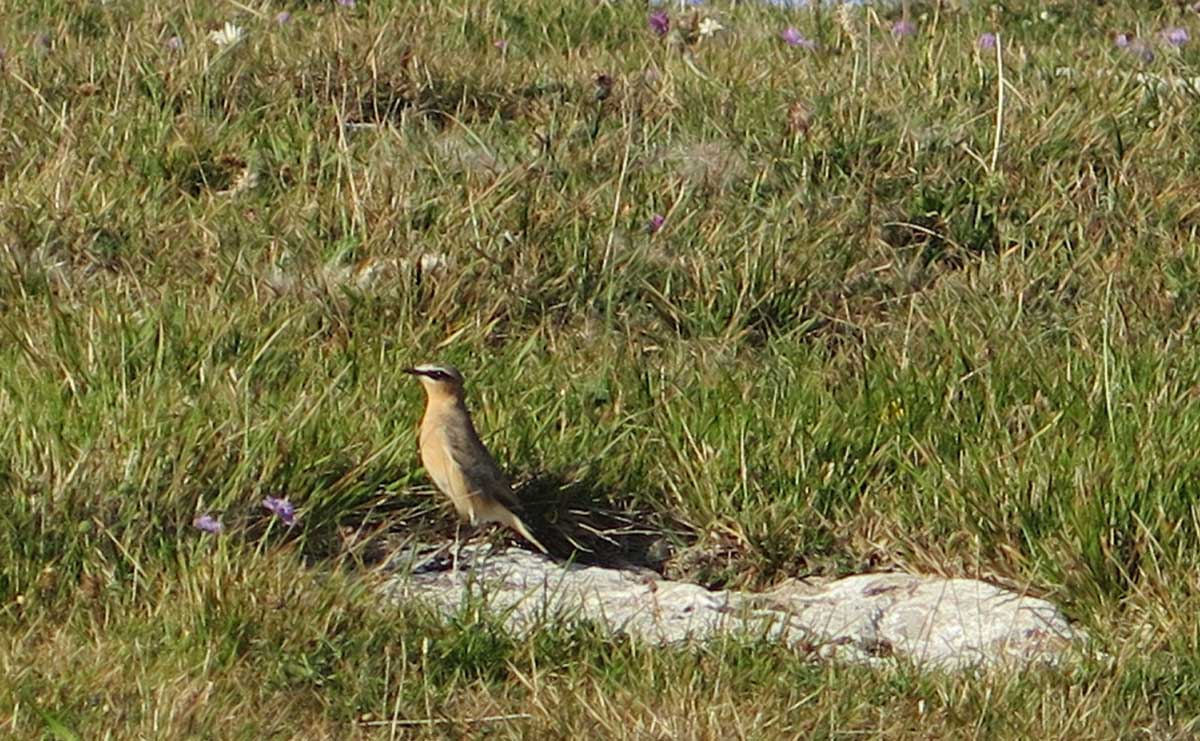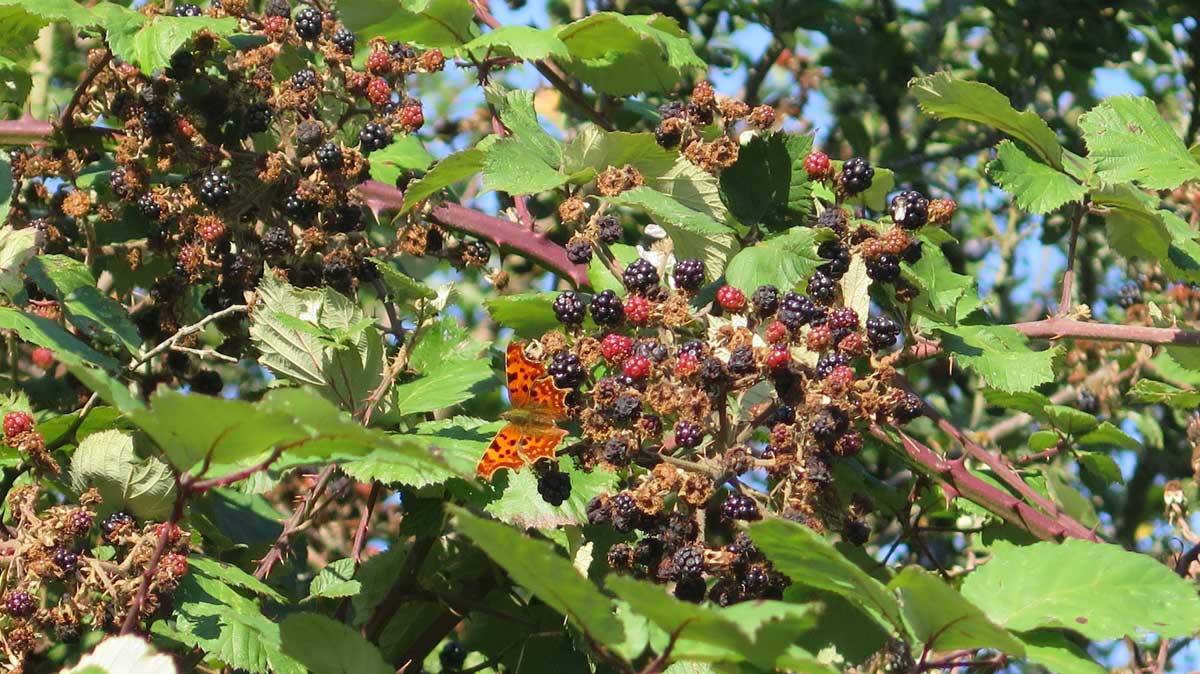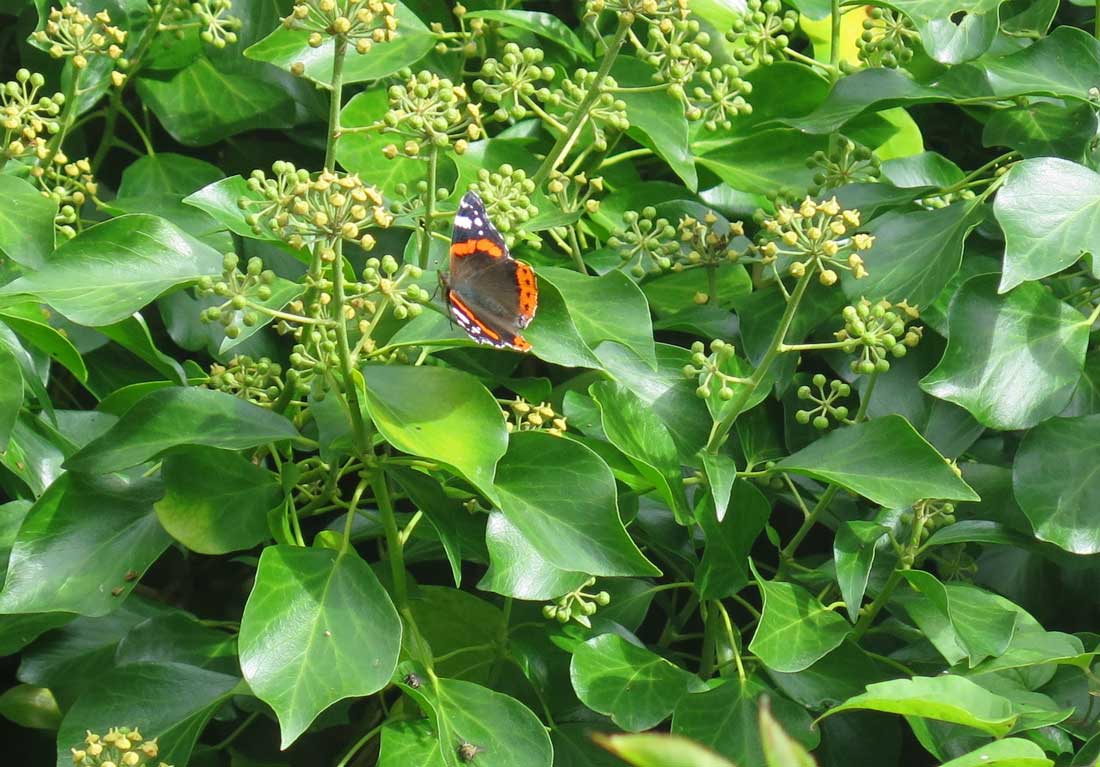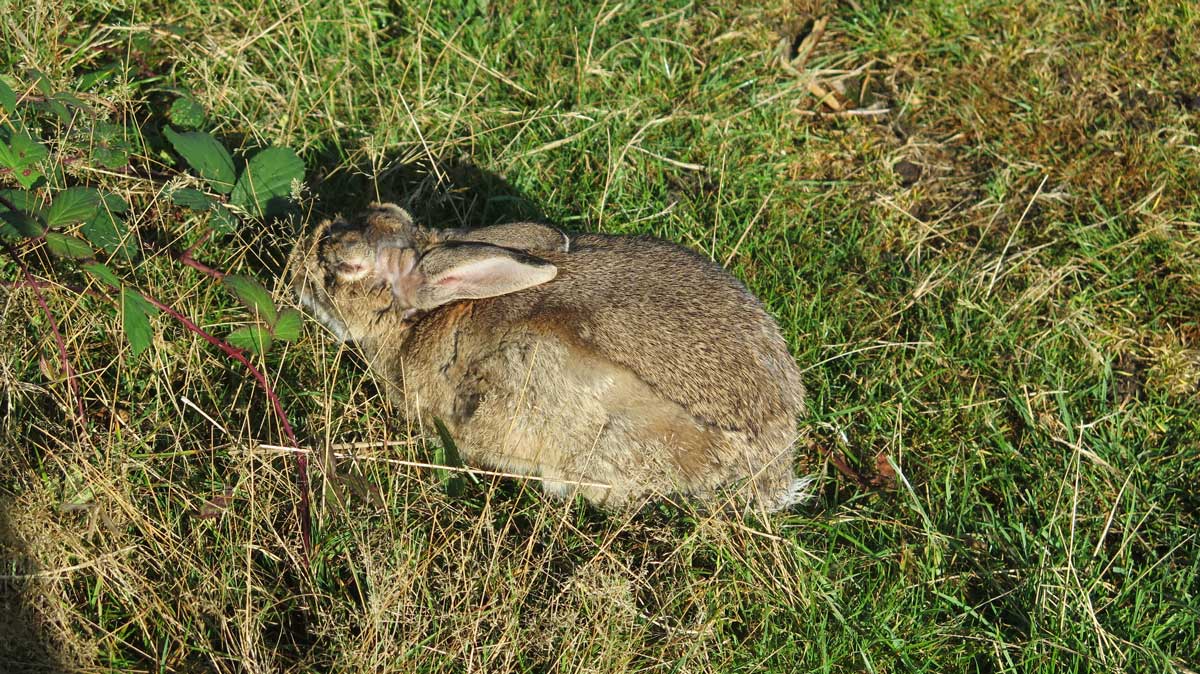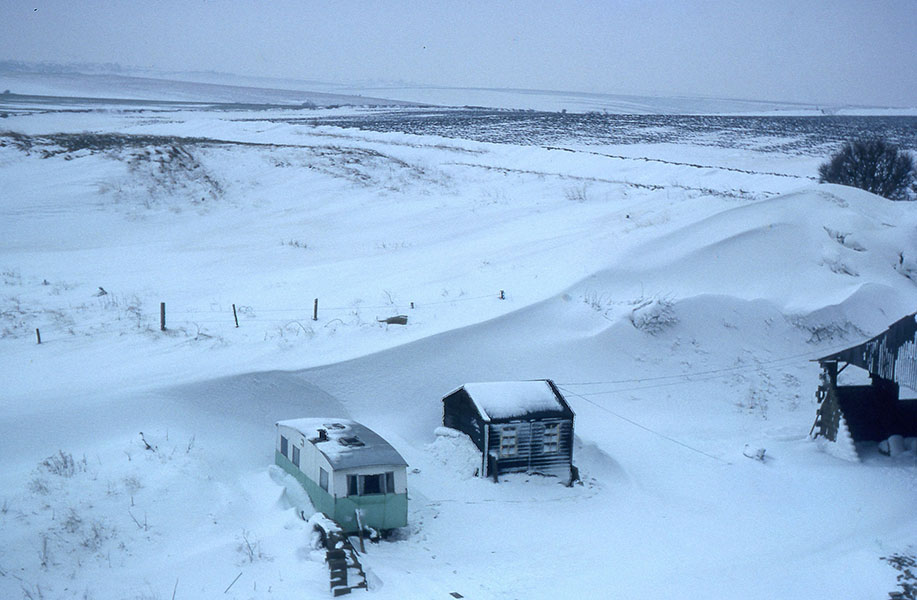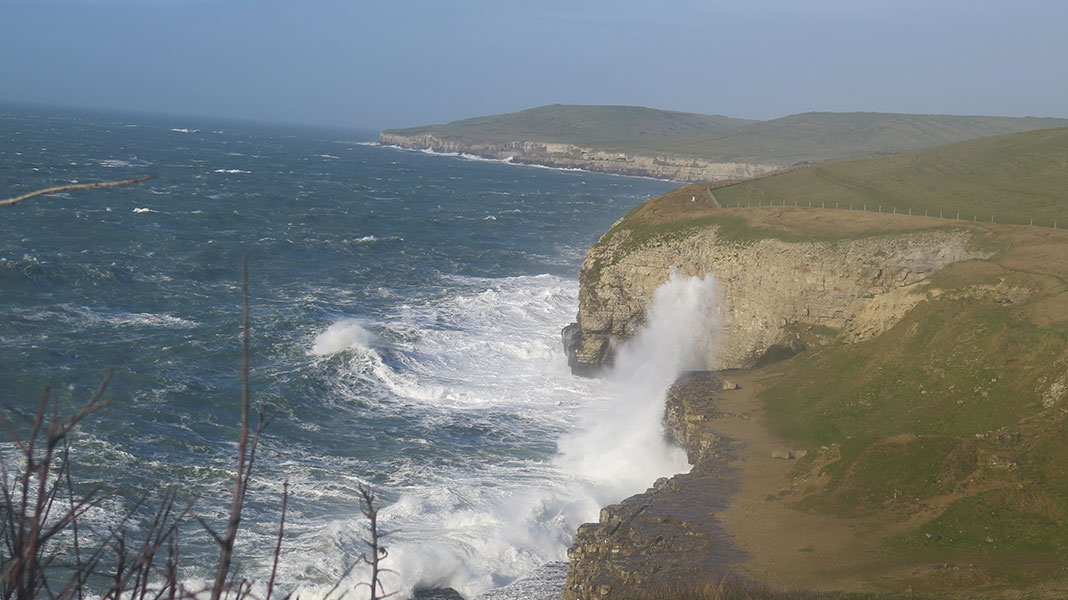54. Mellow Fruitfulness
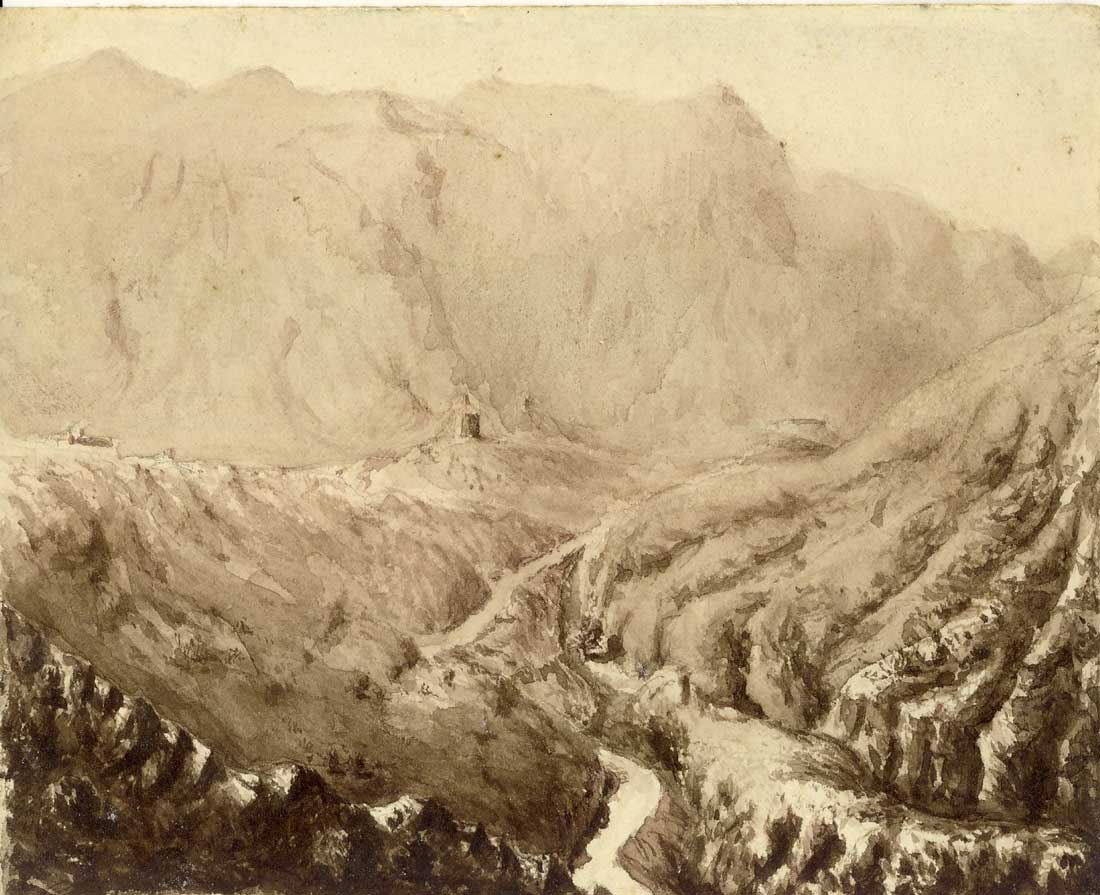
53. Talking Of Afghanistan
September 2, 2021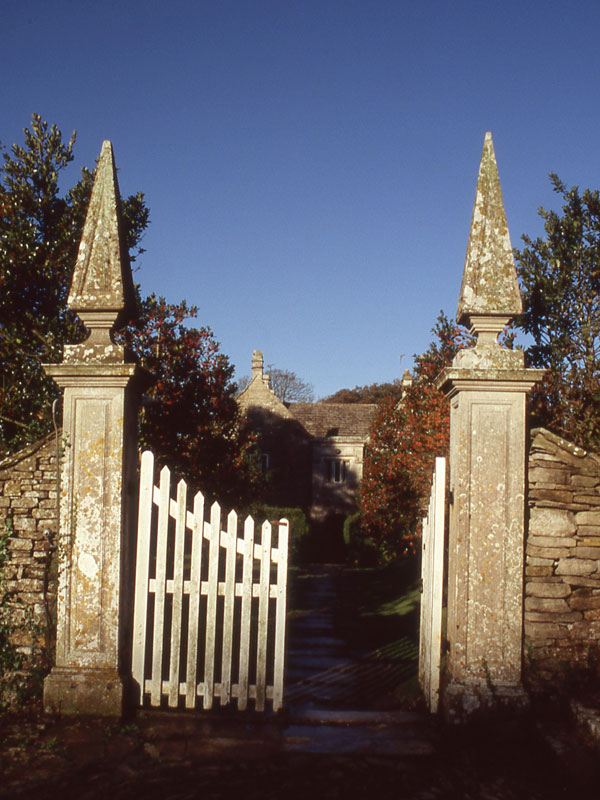
55. Dunshay Manor And Its Mystery Gateway
November 11, 2021A utumn: the northern hemisphere cools down. Mist on morning windows, longer nights, less sunlight and many plants gently falling asleep for the duration of winter. Wild flowers die back, clematis, sea asters and thistle heads become white with old-age. Puffs of flying seeds spread where the wind wills. Crimson-faced goldfinches, prettiest of British birds, once confined to tiny hanging cages as domestic decoration, now flourish, gather in twittering ‘charms’ to pick seeds from autumnal dead heads.
Dark sickle swifts evading autumn long ago left for Africa. Swallows gather along telephone wires or glide for flies, make midair meetings with fledged young to pass over the booty. They interweave, mixed with white-rumped, blunter-tailed house martins. The crowd thins as parties leave southwards. Wheatears flit along walls and fences, each sporting the white rear said to be the origin of their name. I saw none on the spring migration, not merely because we did not coincide – that white flash along a fence is hard to miss – but because the fine weather of April inspired them to fly onwards to northern England, Scotland where many breed. Only a handful nest along the south coast. Bad weather and poor visibility delay them at their first landfall to recover from the Channel crossing before continuing inland.
Little green warblers gather and disperse, too, flitting along the hedges, chiffchaffs stopping to give occasional voice to their repetitive call. All are impelled by irresistible, half-understood pressures. There must be an optimum density of increased coastal population competing for a limited supply of insect food intensifying the impetus that encourages them to fly beyond a coast guarded by sharp-eyed falcons, for whom each migrant offers a potential snack. Their moving out leaves food and space for other migrating birds.
Walking down Priest’s Way in a daze, I passed the planned turning and came to a large sycamore through which little groups of leaf warblers were passing. Assuming them to be chiffchaffs is simply laziness. In the late 18th century Gilbert White subdivided those very-similar birds in three: chiffchaffs, willow warblers and wood warblers, each with its own slight characteristics, each with an individual song. (Back in the 1960s there was an eccentric bird at Durlston which punctuated ‘chiff-chaffs’ with willow warbler trills. What was his parentage?).
Migration was a late discovery; next to White on my bookshelf is Gosse’s 1860 Romance of Natural History, its chapter V dedicated to hibernation in swallows. Whilst dismissing the then-common theory that migrating birds actually pass the winter under the mud of ponds, Gosse is serious over the possibility hibernation, quoting a rustic verse:
‘The bat, the bee, the butterfly,
The cuckoo and the swallow,
The corncrake and the wheatear.
They all sleep in the hollow.’
Some passing birds remind me of their increasing absence from Purbeck. While sitting on the lawn on an open-day trying to sell my ‘Purbeck Arcadia: Dunshay Manor and the Spencer Watsons’ I saw the occasional Missel Thrush fly undulating by: another bird, with its sad, early song, that diminishes. A loud, brave protector of its nest, it made the boyhood climb to take a peek lightly threatening!
The leaves brown. Not those of the big trees: that comes later. The withered russet tops of young sycamores are not seasonal but the work of grey squirrels nibbling the bark, cutting water and food supply. The changing colours of deciduous leaves as winter comes closer is self-induced, the shutting down of supplies setting the leaves to dry and die.
In the garden the vegetable pattern has changed. Lettuces are long gone, the potatoes and onions dug and stored – but they need checking; a few delinquent rotters can infect the rest. Neglected courgettes have become marrows and there are fewer great, golden blooms: they taste well fried in thin batter, floral pakoras. The squashes are smaller, fewer this year. Suits me! There are often too many, which rot before being reduced to soup. The beans will continue for a couple more weeks. A small stock is already stored in my tiny freezer. The aubergines? That plural is a pretension: flowering late, mauve petal nimbus around a saffron sun, there is only one fruit along the row. I never follow the rules of good gardening, put things in too late, neglect to offer them chemical food nor protect them with sprays.
Soon it’ll be back to basics: leeks, prospering despite the idleness of leaving them overcrowded, Brussels sprouts and spinach. This year, the brassicas suffered cruelly from cabbage white butterfly caterpillars to be murdered by hand but never quite enough. Their leaves became networks of veins, but new ones are developing as the butterfly season ends.
As summer is forgotten and sunshine lessens the fewer butterflies are often battered, ragged-edged, faded. Some, misled by a short break of warm sunshine, have emerged, smart and shiny. Jed, long drawn to butterflies, acquired a neglected caravan in a neighbouring meadow which, coincidentally is the richest butterfly patch in the area. He has moved, but I still call it Jed’s meadow and, in September, walk through the last of its purple-flowered knapweed, sainfoin, yellow ragwort and fleabane flushing common, and occasional holly, blues, brightly-tanned small coppers (it has been a good year for them), a single comma often perched on blackberries, which have also flourished and sometimes a migrant painted lady. There are bright red admirals, which will continue for a few weeks yet, with a penchant for banks of ivy flowers. Haunter of shady lanes, the speckled wood flies late, too, but less conspicuously.
Last week, walking along Nine Barrow Down overlooking all this early autumn landscape, I came upon a created, lethal epidemic. Unmoving, head swollen and blind, panting noisily crouched a lost myxie rabbit. It was aware of a presence from the sound of my approach, but I might be a sheep and anyway, in its private darkness, where should it run? Traditional wisdom taught that the Australians developed the myxomatosis virus. More nonsense, of course: it was endemic as a mild rodent disease in parts of the Americas. Experiments in Australia, where they had become a pest, showed it to be lethal in European rabbits so the Australians introduced it there. It was a massacre. A French landowner brought it to his estate and from there, aided and unaided, it spread across Europe. Rabbits, common in my childhood, suddenly became a crawling brigade of blinded horror, then a rarity.
They gradually recovered, acquiring some immunity, but regular resurgence of the disease still takes its toll. Covid is mild compared to myxie. With rabbits notable by their absence, the latest wave must have been going on all year. Only recently have they returned, unwelcomed, to my garden.
While writing last week, I glimpsed a pretty little bunny amongst the vegetables and, there being nothing small and vulnerable, let it be. An hour later, looking back, a large buzzard was having it for breakfast, a kinder, quicker fate than myxie. Disturbed, it flew over the hedge carrying limp baby bunny in one claw.

